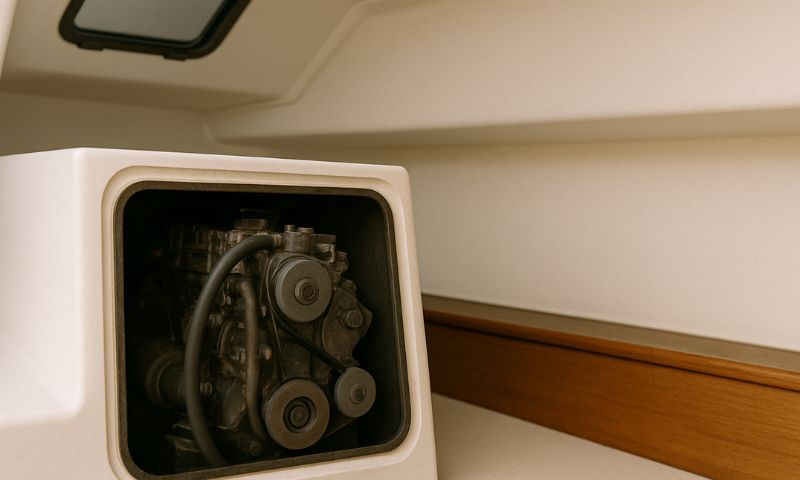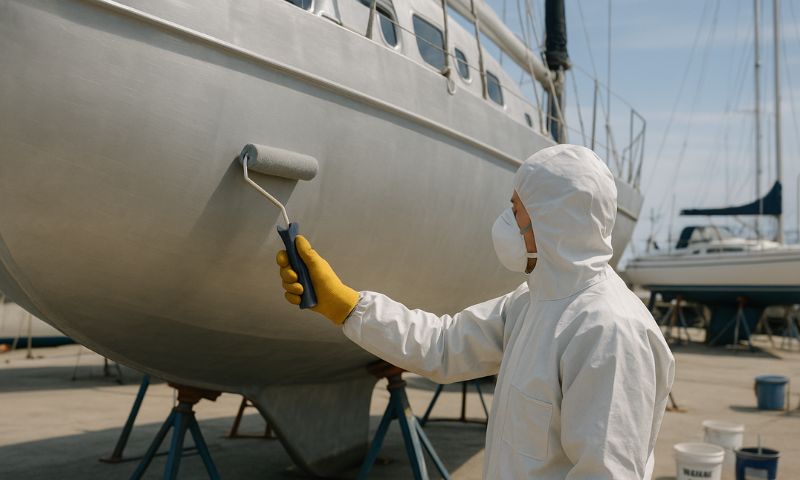As the sailing season draws to a close and temperatures begin to drop, protecting your boat’s engine from the harsh effects of winter becomes a top priority. A poorly prepared motor can suffer corrosion, internal damage, and costly repairs when spring returns. Winterizing your sailing boat motor is not just about “parking” it until warmer weather—it’s about preserving its health so it can start reliably and perform efficiently next season. In this guide, we’ll walk through everything you need to know to prepare your marine engine for winter storage.
Why Winterizing Your Sailing Boat Motor is Essential
Cold temperatures, moisture, and inactivity can wreak havoc on marine engines. Without proper winterization, water inside the cooling system can freeze and expand, causing cracks in the block or damage to seals. Fuel left untreated can degrade, forming varnish and deposits that clog carburetors or injectors. Rust and corrosion can spread unseen inside the engine. Taking preventive measures now saves both money and frustration later, extending the life of your motor and ensuring it’s ready to perform the moment you set sail again.
Cleaning and Flushing the Engine
Before storage, the engine should be cleaned both externally and internally. Rinse the exterior with fresh water to remove salt, grime, and marine growth. Then, flush the cooling system with fresh water to eliminate salt deposits that could corrode internal parts over time. For raw water-cooled engines, this step is particularly critical, as saltwater can be extremely corrosive when left stagnant. Performing this cleaning now will prevent buildup and keep the engine in optimal condition for months of inactivity.
Changing the Engine Oil and Filters
Old engine oil contains acids and contaminants that, if left in place, can damage internal components during storage. Changing the oil before winter ensures that the engine is coated with clean lubrication, reducing the risk of corrosion. Don’t forget to replace the oil filter as well—fresh oil with a dirty filter defeats the purpose. This simple yet crucial step can significantly improve engine longevity and performance when you start up in spring.
Protecting the Fuel System
Marine gasoline and diesel both degrade over time, especially in cold, damp conditions. Adding a fuel stabilizer before winter storage prevents varnish and gum buildup inside the system. Once the stabilizer is added, run the engine for several minutes to circulate it through the fuel lines, injectors, and carburetor. This ensures that every component in the fuel system is protected against the effects of aging fuel.
Antifreeze Treatment for the Cooling System
For engines with freshwater cooling systems, draining the water and replacing it with marine-grade antifreeze provides essential freeze protection. Antifreeze not only prevents water from freezing inside the block but also inhibits corrosion during storage. Make sure to use a product designed for marine engines, as automotive antifreeze may not provide adequate protection for saltwater applications.
Fogging the Engine for Internal Protection
Fogging oil is a fine mist sprayed into the engine’s cylinders to protect internal metal surfaces from rust during long storage periods. This step is especially important for two-stroke engines, but four-stroke motors also benefit. By coating the cylinders, pistons, and valves, fogging oil acts as a protective barrier against condensation and oxidation, ensuring smooth operation after months of inactivity.
Disconnecting and Storing the Battery
A neglected battery can lose its charge or even suffer permanent damage over winter. Disconnect it from the engine, clean the terminals, and store it in a cool, dry place. Ideally, keep it on a trickle charger to maintain optimal charge levels. This prevents sulfation and ensures the battery will be ready when it’s time to relaunch your sailing boat.
Final Checks Before Storage
Once the major steps are complete, inspect the engine and surrounding components for signs of wear, leaks, or loose fittings. Tighten any connections, check belts for cracks, and ensure that all maintenance points are addressed. Cover the engine with a breathable cover to keep dust away while allowing moisture to escape. A well-prepared motor will face the winter months safely and start the next sailing season with confidence.
Conclusion: Sailing Into the Next Season with Confidence
Winterizing your sailing boat motor may seem like an extra chore at the end of the season, but it is an investment in your boat’s reliability and performance. By following these preventive steps, you safeguard your engine from the damaging effects of freezing temperatures, moisture, and inactivity. Come spring, you’ll be rewarded with a smooth start and the peace of mind that your motor is ready for another season of adventure.





Leave a comment
This site is protected by hCaptcha and the hCaptcha Privacy Policy and Terms of Service apply.